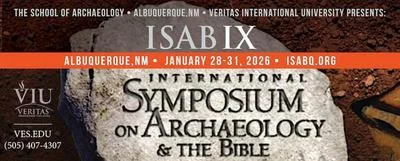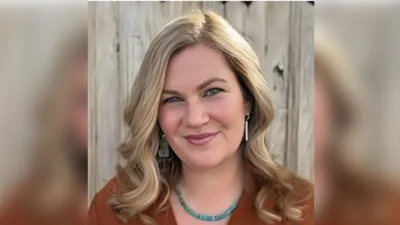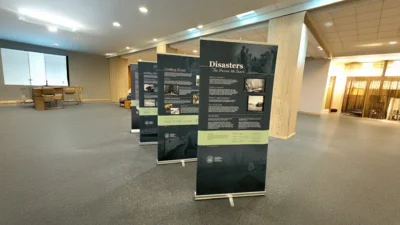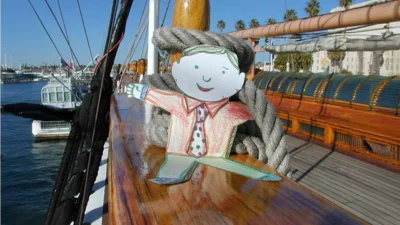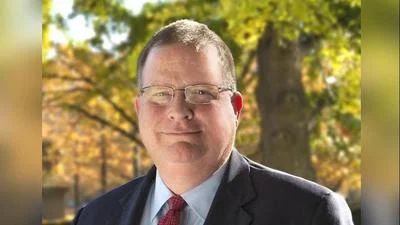Parents and Pixar lovers are likely familiar with the 2006 motion picture where vehicles are brought to life and live in humanized realities. The film is situated around a middle-of-nowhere desert town buried in the past by the installation of an interstate highway and the neglect of the humble two-lane state road that feeds into the frozen-in-time community.
The village of Mosquero, a community in the northeast corner of New Mexico that saw a peak population of 987 in 1990, shares a few similarities with Cars' fictional town of Radiator Springs. It has a quaint downtown, small population numbers and a main artery state highway that goes frustratingly ignored when there are projects deemed bigger and better in the urban sprawls of Santa Fe and Albuquerque.
That is where the commonalities between the two towns end. Mosquero, for one, is inhabited by people and not talking cars, and is a community that refuses to let its light be snuffed out, interstates and cities be damned.
"One thing about a small community, anybody that's willing to do anything, that's willing to be involved, they are," Mosquero Mayor Victor "Ray" Vigil told New Mexico Sun. "They're on committees, they're serving on the school board or the village council, they're a member of the volunteer fire department."
It's not always a burning passion for public service that keeps the Mosquero community members involved. It's the knowledge that "if not me, then who" carries some extra weight in a town where the population number dances around 100, according to the village's site.
Vigil has been mayor for about three years. In that time, he's observed how Mosquero has been underestimated—by big-city contractors, by the state and by people looking to relocate. His community is proud of itself, he explained, and especially proud of offering a memorable stop to the travelers that pass through on state Highway 39.
"Our kids several years ago did a project called Paint the Town. They were given a donation and worked with a local artist to paint the buildings with pictures of local people," the mayor said. "They painted pictures alongside the village offices of the Mitchell family. It's a big attraction for our town because we are an extremely small community. It gets people to stop and look at our town."
Once stopped, travelers can then check out the Callahan West Brewery for a cold pint or take a lunch break at Headquarters Restaurant. Mosquero even installed a public restroom to be the only public pit stop for 50 miles in either direction on the highway for travelers.
The absence of urban amenities may befuddle out-of-towners who find themselves in Mosquero, but Vigil explained that his villagers live life just fine with no gas station for 19 miles, the closest Walmart two hours away and a 75-mile jaunt to the nearest McDonald's.
Being nearly as remote as it gets, Vigil's vision for Mosquero is to keep the village viable and "to have people move back, especially in today's age," where working from home or scrolling on Facebook is possible whether it's suburban Santa Fe or little Mosquero outside your window. Smaller locations free residents from woes such as traffic, crime or air/sound/noise pollution. With modern luxuries like Amazon, Mosquero is not nearly as much of a "place of the past" as it may seem to outsiders.
There are obstacles in Vigil's way, including housing.
"It's a key issue," he said. "The biggest housing [contributor] in town is the school, because the school builds houses if they have a teacher or administrator that needs a place to stay. When they don't have somebody that needs a house, they rent it out."
When a homeowner wants to renovate their existing house or build a new one, finding someone to bring labor and material to a place so remote is a hurdle, and an expensive one. This challenge also exists on a municipal level.
"We have a water project that we've been working on for two years now, and it's been on hold for six months simply because they can't get parts," Vigil said. "We ordered them right before the COVID-19 pandemic, and then everything fell apart because we literally can't get the parts."
The frustration multiplies when a community Mosquero's size is ignored by the state agencies that are supposed to help. As school board president, Vigil believes New Mexico has forced a "one size fits all" approach onto its public schools—meaning the same strategies used at a city school with hundreds of students in each grade have been applied to Mosquero municipal schools, which saw a 2021 graduating class of two.
Some students even ride the Mosquero school bus 50 miles one-way just to get an education. According to the mayor, there has been pressure to consolidate with another school instead of building a new school as planned, but that would hike the roundtrip for some students up to nearly 150 miles for a single school day.
"So it's OK for a kid to travel 150 miles a day to go to school, but it's not OK for you to put 30 kids in a classroom in a big city when there are schools less than five miles apart?" Vigil asked. "The New Mexico Public Education Department will put out a regulation or directive and say 'this is what everybody's doing.' Well, that doesn't fit us.
"We literally have 45 kids in grades K through 12 that walk through our door. Social distancing is the norm for us," he added.
Big cities also come first for state road projects. The highway coming into Mosquero is in desperate need of maintenance, and Vigil said an $11 million bookmark has been made for the highway, but all contractors remain tied up at city projects deemed higher priority.
"They're trying to do those first because there's more people there, which I understand, but it seems like the whole area has been devalued," Vigil said.
The mayor disagrees with that perspective. He sees students graduating from Mosquero, meeting spouses in college, and bringing their children back to the community for the same quiet, safe, intimate upbringing that they experienced.
"The kids here don't just go to school," he said. "They're brothers and sisters, literally. It doesn't matter if the kid is difficult, different, special needs. They're accepted for who they are because there's not many of us so we don't exclude people."
Vigil sees a positive future for his community. The students often graduate with completed college courses for a head start in their higher education. He said the area is being studied for wind and solar energy viability, and more people are returning to their roots in Mosquero—or moving to town to plant new ones.
"Mosquero accepts people," Vigil said.
Having been stationed in Tokyo during his 23-year Air Force tenure, the mayor shouldn't be mistaken as a small-town lifer who's never tasted city life.
"Yes, it's just like any small town where at first they don't know you and the first question is why are you here," Vigil said. "But there's more to us, more to Mosquero than people realize. We're not as isolated as you think. You can enjoy the outdoors and enjoy yourself here."


